ESA is working to disseminate its knowledge on how to assess the environmental impact of space activities. One way to achieve that goal is to offer an ‘Environmental Life-Cycle Assessment and Ecodesign for Space Activities’ course to the European space community.
In this post, you’ll find a short summary of the course’s content, its objectives and the feedback given by the participants in the last course, which took place in October 2021. Ten professionals from the European space sector (incl. The ESA workforce) attended that training. The limited number of participants allowed for direct involvement by all participants, and this will be maintained for the upcoming edition.
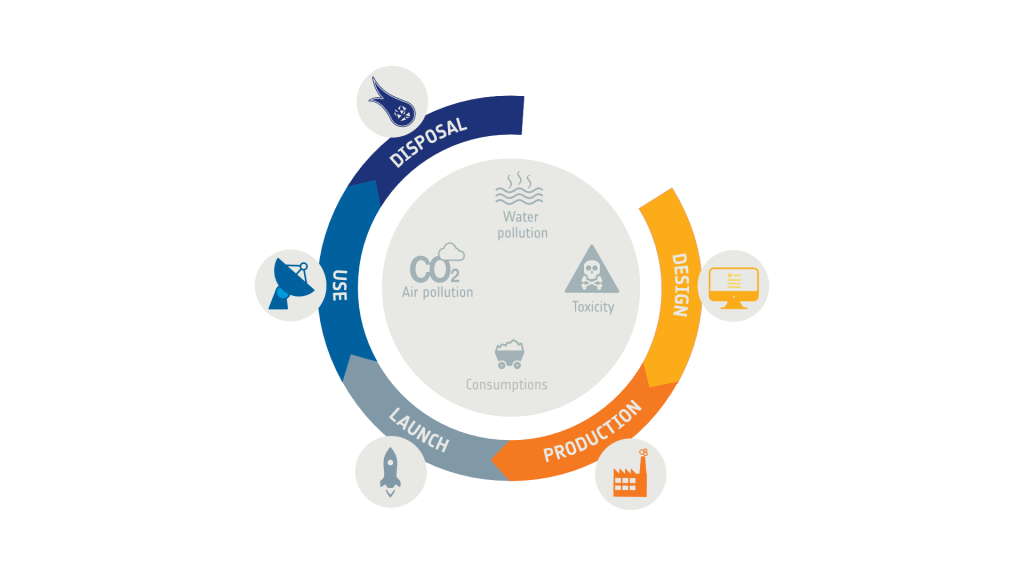
Today, we are facing more than one environmental challenge. That’s why on the first day of the training, the participants work on a so-called ‘climate collage’. This collage helps participants fully understand the interlinked and growing environmental threats and their impacts. Furthermore, they learn about the causal relationships between anthropogenic activities, climatic events and social consequences. At the end of the exercise, participants discuss the potential actions that can be taken, at personal, professional and public levels, to raise awareness about the changes needed to reduce threats to Earth’s environment.
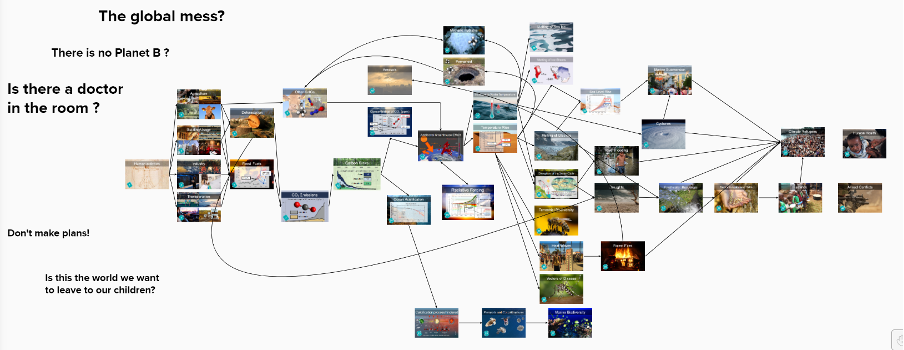
On the second day, the speakers focus on key environmental challenges: climate change, biodiversity, resource consumption and waste production. Europe’s proactive and leading role, in terms of policies and strategies for climate issues, is clear, but a lot of work has still to be done.
Subsequently, the concept of corporate social responsibility is introduced: businesses are being called upon to play a more responsible role in the world, incorporating social and environmental concerns into their strategies.
Next, students enter the core of the course and focus on Life-Cycle Assessment (LCA) methodology and how to apply it to the space sector. After a thorough introduction to LCA, participants apply the theory in a practical exercise to compare and interpret the environmental impact of two products having the same function. Past and present LCA activities performed by or for ESA are presented as an example of application of the previously presented methodologies and as source of inspiration for the attendees.
Finally, the course looks at ‘ecodesign’, which corresponds to improving the environmental performances of a product via the assessment of its environmental impact at the design stage, without reducing quality or performance. The participants are invited to brainstorm possible ecodesign solutions for space systems, from the material level to the regulation level, reflecting on their possible implications on more than one environmental indicator.
Participants in the previous edition found the course extremely inspiring and instructive, and it is expected the upcoming course will be even more so. Some participants admitting feeling distressed by the challenges presented, but also reported being motivated to act. The course provides a stark reminder of how much there is still left to do in order to avoid or mitigate the disastrous consequences that a ‘business as usual’ approach would otherwise bring us. The space industry, like all the others, is being asked to start quantifying and mitigating its environmental impact.
Being given both the tools in theory and practice, the participants had the opportunity to actively analyse the environmental situation and to better understand potential solutions. Indeed, the feedback and discussion following the first edition of this training convinced ESA and Deloitte of the necessity and value of this exercise. To that end, the training has been confirmed again for this year.
Watch this space for more information, dates, and how to apply.
Related content
- The ESA “Space System Life Cycle Assessment (LCA) guidelines” and the ESA external “LCA Database” can be obtained under request by emailing cleanspace@esa.int.
- ESA Deloitte training for environmental life cycle assessment for space missions
This post has been prepared with the support of Benedetta Cattani and Romane Prouteau, both former system engineer interns within the cleanspace team.


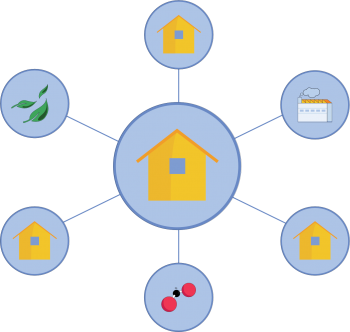
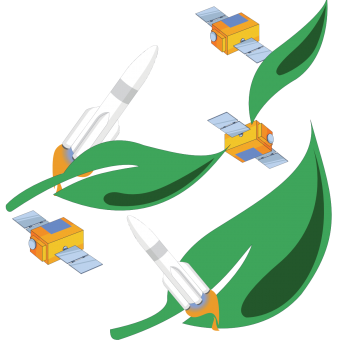
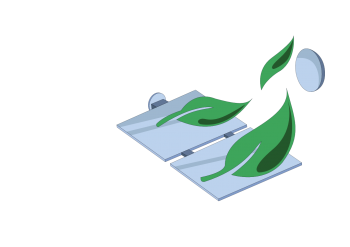



Discussion: no comments